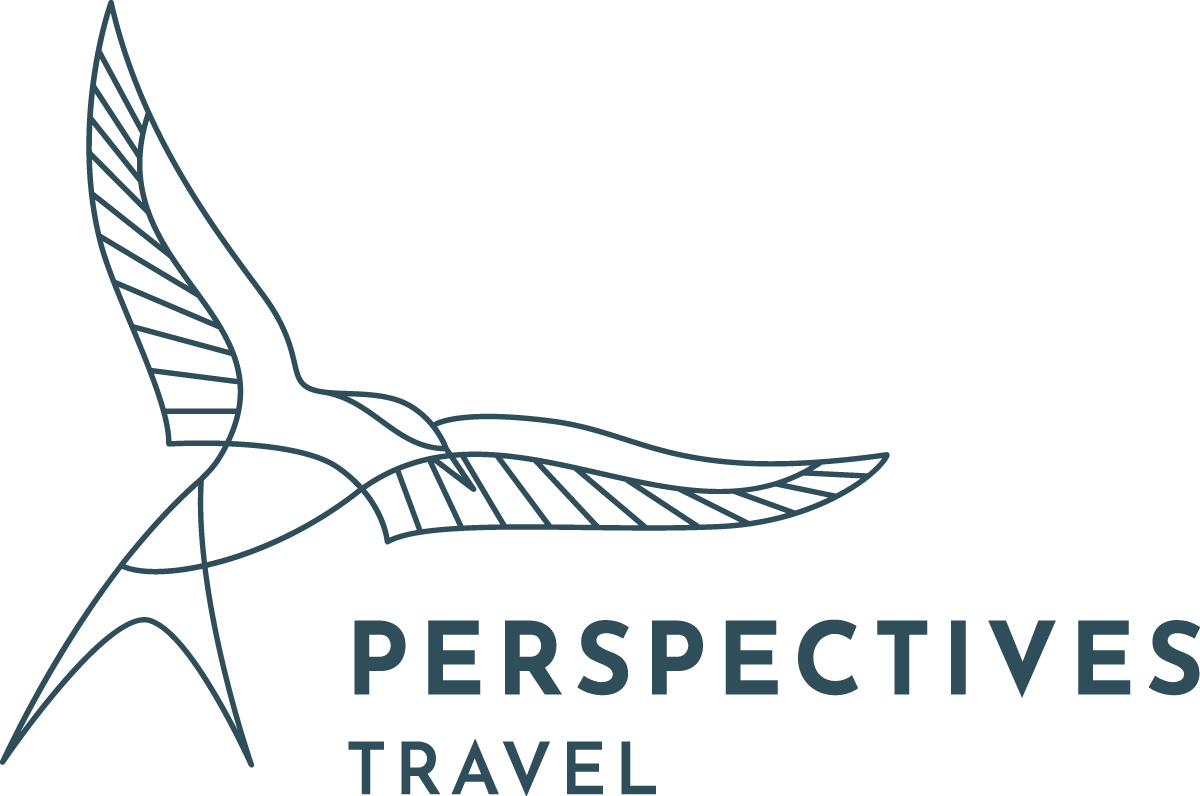The top 3 sites to see in Kralendijk, Bonaire
Our final stop on our tour of the ABC islands was Bonaire, a small island with a desert landscape and a heavy Dutch influence. I’d used Daypass to book us access to Delfins Beach Resort so upon disembarking the ship we hopped in a van loaded with 10 other passengers and were on our way. We were the first stop and arrived at the boutique hotel in about 10 minutes. The newest oceanfront property in Bonaire, Delfins is an 84 room property that offers a large pool, swim up bar, beach access, and a beachfront restaurant. The Daypass was $40 and included bottled water, loungers, access to the resort amenities, and towels. We arrived fairly early and the beach and pool areas were mostly empty and quiet, even by the time we left around 3:30pm the space was starting to fill up but was not packed with people. We left with enough time to explore Kralendijk before boarding the ship for a sail away party from the heliport.
Top sites to see:
1. We walked past Fort Oranje, a small bastion built by the Dutch in 1639 on our way to the artist market. Fort Oranje served as the governor’s mansion until 1837 and it’s defensive cannons were actually scavenged from a British warship that grounded on the south shore in the early 1800’s. From there we visited the Artisan Market and stopped at a booth offering sea salt products (the salt flats are a main attraction on the island) and another selling Tekibon. Tekibon is made of Yatu cactus which is fermented and distilled on the island.
2. We ventured further to Kaya Grandi which is the main shopping area and came across El Mundo. El Mundo offers Kuminda Krioyo (local food) and international dishes. The hubs went local with the Galina Stoba and I went international with a Dutch pancake with apples that was hands down the best pancake I’ve ever had. It was kind of a cross between a pancake and a crepe and was served with powered sugar and Schenkstroop.
3. While I’m not a diver Bonaire is according to their license plates, “a divers paradise” and there are 22 beaches and 90 dive sites on the island. My recommendation is to visit the Bonaire National Marine Park which is recognized by UNESCO and covers the entire coast of the island including Klein Bonaire to a depth of 200 feet. There’s also Lac Bay which is sheltered on the northern side by mangrove forests where you can kayak or snorkel.
Even though I only saw a snippet of Bonaire I really enjoyed it and on my next visit I’m going to add the salt pans, Washington-Slagbaai National Park, and the Donkey Sanctuary to my itinerary. The national park comprises almost 20% of the island’s area and with a 4WD and a map you can pick from two driving routes and two hiking trails. The salt pans were worked by thousands of enslaved people from about 1634 until slavery was abolished in the 19th century. The salt factories reopened after WWII with machines doing the labor but you can see the pans (and flamingos in the distance) if you drive south on the island. The Donkey Sanctuary offers a safe haven for more than 400 orphaned donkeys. Established in 1993, the sanctuary allows you to be in close contact with newborns, watch the droves from the watchtower, and even feed the gentle animals. If you’re a water, animal, history, or food lover then add Bonaire to the top of your ABC island list!

